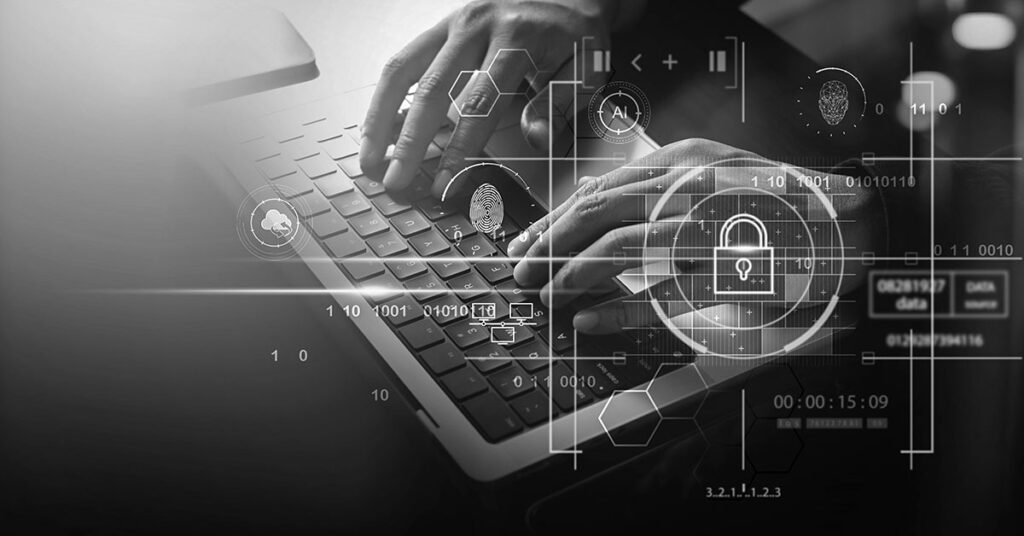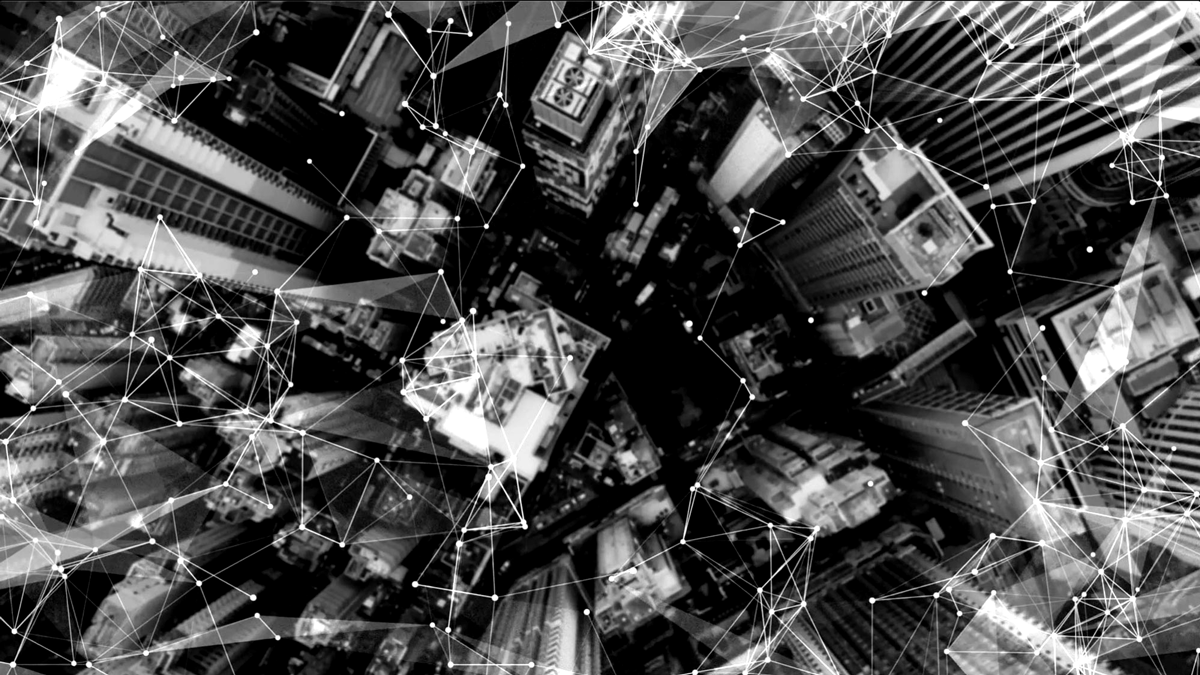What is SIEM in Cyber security
Security Information and Event Management (SIEM) is a critical tool in modern cybersecurity, combining Security Information Management (SIM) and Security Event Management (SEM) to provide real-time monitoring, threat detection and incident response. SIEM solutions are designed to collect, analyze and interpret security data from various sources within an organization’s IT infrastructure, enabling security teams to respond to potential threats faster and more effectively.
Obrela’s SIEM solutions collect and analyse security data from diverse endpoints, including firewalls, antivirus software and user activities, providing a comprehensive and cohesive view of the security landscape. By aggregating data across multiple points, Obrela ensures that even the most complex cyberattacks are detected early, mitigating potential damage.

Key Features of SIEM
1. Real-time Analysis
SIEM offers real-time analysis of security events, ensuring immediate identification of potential threats. With the ability to continuously monitor network activity, SIEM solutions reduce response time, preventing attacks from escalating.
2. Data Correlation
One of SIEM’s most powerful features is its ability to correlate data from multiple sources. This allows the system to detect sophisticated attack patterns that might otherwise go unnoticed. By analysing a range of data points — such as failed login attempts, unusual network traffic or suspicious file access — SIEM can identify complex cyber threats and alert security teams before any major breach occurs.
3. Dashboards and Alerts
Modern SIEM platforms, like those provided by Obrela, feature intuitive dashboards and customizable alerts that provide actionable insights. These dashboards allow security professionals to view events in real time, providing a visual overview of the organization’s security posture. In the event of a detected threat, automated alerts ensure that the appropriate teams are notified immediately, allowing for swift action.
Also read: Top cyber security threats to look out for
How does SIEM Work?
SIEM solutions collect and analyse data from various sources across an organization’s network, including firewalls, antivirus software, databases, and user activities. This continuous stream of information is processed using advanced analytics to identify potential threats and minimize response times.
Today’s SIEM systems increasingly leverage machine learning (ML) and artificial intelligence (AI) to analyse this data, improving their ability to detect unusual patterns or behaviours that could indicate a security breach. This evolution has made SIEM systems more intelligent, automating the detection of sophisticated and evolving threats, while also providing streamlined workflows for security teams to respond effectively.
SIEMs are not only reactive but also proactive. They can identify anomalies or trends that indicate emerging threats, even before they are fully understood. This proactive capability is key to staying ahead in an ever-changing cyber landscape, where new vulnerabilities can be exploited by attackers at any moment.
Benefits of Implementing SIEM
1. Enhanced Threat Detection and Incident Response
Implementing a SIEM system provides organizations with enhanced threat detection and faster incident response times. By automating many aspects of threat identification and mitigation, SIEM reduces the chances of human error and ensures potential threats are addressed in their earliest stages. This leads to lower downtime, less damage from cyberattacks and a more robust defence against increasingly sophisticated adversaries.
2. Regulatory Compliance
For organizations operating in industries where compliance is critical, such as healthcare, finance or e-commerce, SIEM solutions offer a valuable tool for meeting regulatory requirements. SIEM helps maintain comprehensive logs of all network activities, creating an auditable trail of information. This is essential for adhering to standards like the General Data Protection Regulation (GDPR), Health Insurance Portability and Accountability Act (HIPAA), and Payment Card Industry Data Security Standard (PCI-DSS). SIEM’s reporting features allow organizations to demonstrate their compliance efforts during audits, reducing the risk of fines or other penalties.
3. Continuous Monitoring and Adaptive Security
A major advantage of SIEM is its ability to provide continuous, round-the-clock monitoring. Cyberattacks can occur at any time, and the constant vigilance offered by SIEM ensures that no suspicious activity goes unnoticed. Additionally, SIEM solutions can be integrated with other cybersecurity tools to form a multi-layered defence strategy. This adaptive approach strengthens the overall security posture of the organization, making it more resilient to evolving threats.
4. SIEM as Part of a Comprehensive Security Strategy
While SIEM is an incredibly powerful tool, it should not be viewed as a standalone solution. For maximum effectiveness, SIEM must be integrated with other cybersecurity services, such as endpoint protection, intrusion detection systems (IDS), and managed detection and response (MDR) services. This integration creates a layered defence strategy that adapts to the constantly evolving threat landscape.
Organizations today face more complex and frequent cyber threats than ever before. By leveraging the real-time monitoring, threat detection, and automated response capabilities of SIEM, alongside other cybersecurity tools, businesses can build a strong, resilient security framework that minimizes the risk of data breaches and ensures long-term protection.
SIEM is an essential component of any modern cybersecurity strategy. It provides real-time insights into an organization’s security environment, automates threat detection and response, and ensures compliance with regulatory standards. By integrating SIEM with other cybersecurity tools, organizations can stay ahead of emerging threats and maintain a robust security posture, safeguarding their critical assets against today’s ever-evolving cyber risks.
Are you looking to fortify your business against cyber threats and attacks? Book a demo for cyber security services with us today and find out how we can secure your systems!


